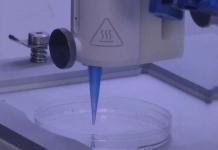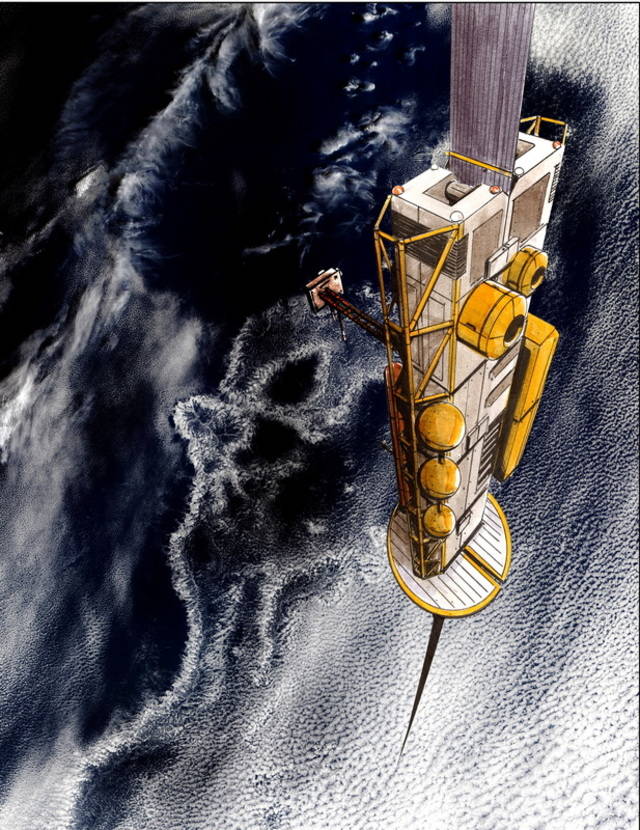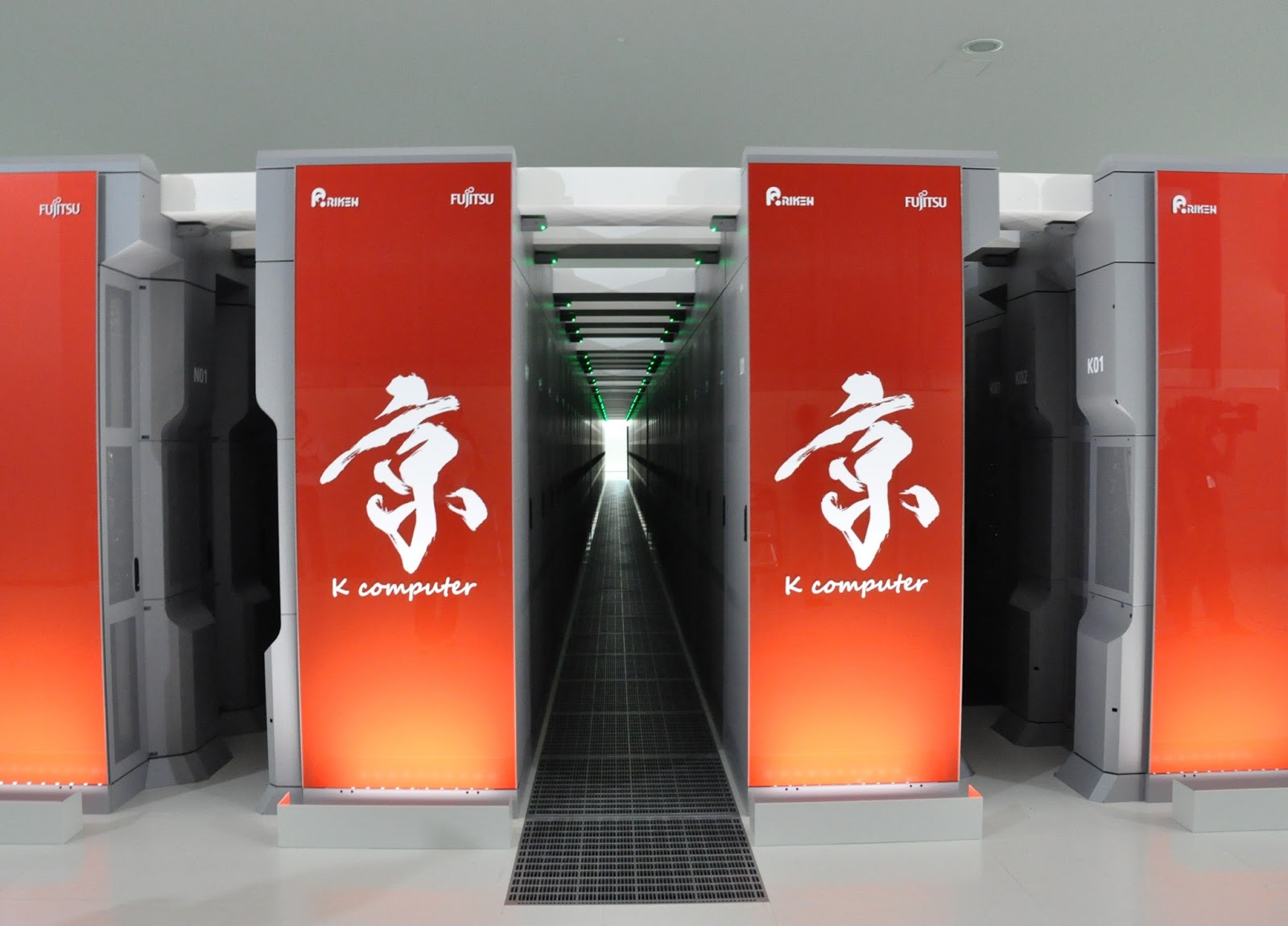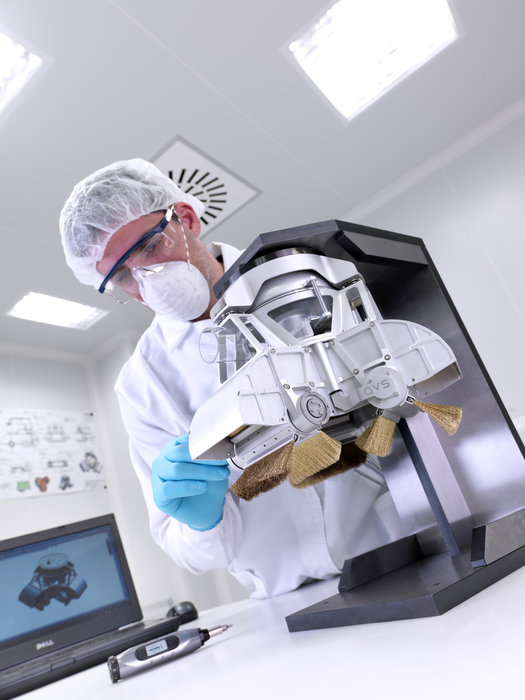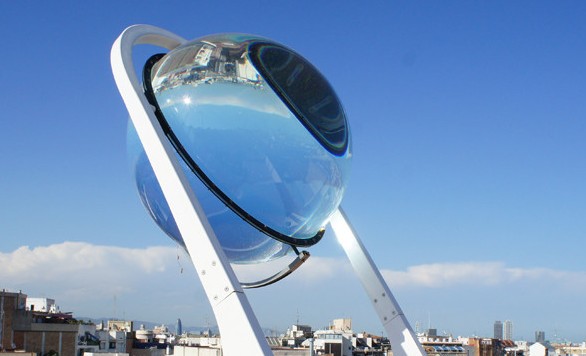Researchers from University of Hertfordshire in England have invented a device that can detect asbestos fibers on the spot.
In my country (that would be Romania, in case you didn’t know by now), asbestos has been used extensively in construction up until recently. The rumors that it can cause cancer determined some construction companies to turn their attention to other materials for building roofs and the likes. The connection between asbestos and lung cancer exists and it doesn’t, at the same time (much like the pulse of Schrödinger’s cat). Allow me to explain after the jump.
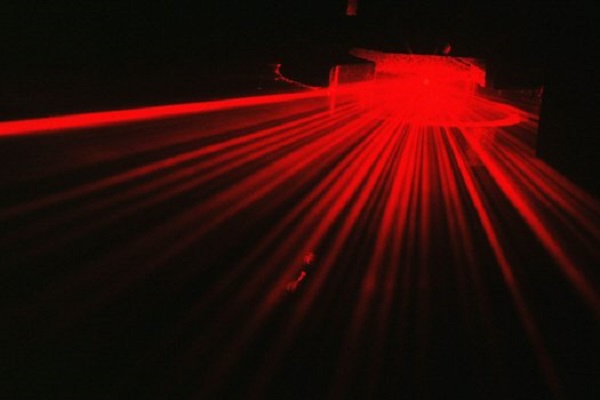
Asbestos gained its popularity as a construction material due to its fire-retarding properties. If left alone, asbestos does that, prevents water from infiltrating, and all the other things a material that roofs are made of is supposed to do. Still, if asbestos is damaged or if there’s friction between it and something else, fibers from it will dislocate and start floating in the air. The risk of developing mesothelioma appears right after swallowing such fibers. It may take up to 40 years after the exposure till this form of cancer strikes, but once it does, people usually die within a year since getting diagnosed. Since mesothelioma affects not only the lungs, but also the heart, one can only imagine how devastating this health condition really is.
In this context, it’s very important to know whether there are asbestos fibers in the air or not. If contact with these can be avoided, there is no risk of having mesothelioma. Fortunately, scientists from University of Hertfordshire in the UK invented a sensor that employs lasers and magnets to detect asbestos fibers instantly. It’s needless to say how important such a sensor would be for anyone involved in the demolition of buildings or in the restoration of old houses.
By detecting asbestos fibers on the spot, the sensor takes the exposure to such risk factors to a minimum. More than that, such a sensor would save construction teams a lot of time, since they no longer have to send air samples to a lab. The detection of the particles is a three-stage process. First of all, laser beams are transmitted across airborne particles. Depending on how the light bounces off, researchers are able to determine whether there are any fibers in the air. Next, the airborne particles traverse a magnetic field. Laser beams also go through the air stream at the other end. Asbestos fibers are known to align with the magnetic field, fact that conclusively ends the detection process.
Such sensors will take another 12 to 18 months to hit the market, and when they do, they’ll cost around $800. That price is incomparable to the cost of a human life, so there’s no question whether the device is worth it or not.
If you liked this post, please check the breast cancer-fighting super heroines and the four-strand DNA that the scientists have discovered recently.

